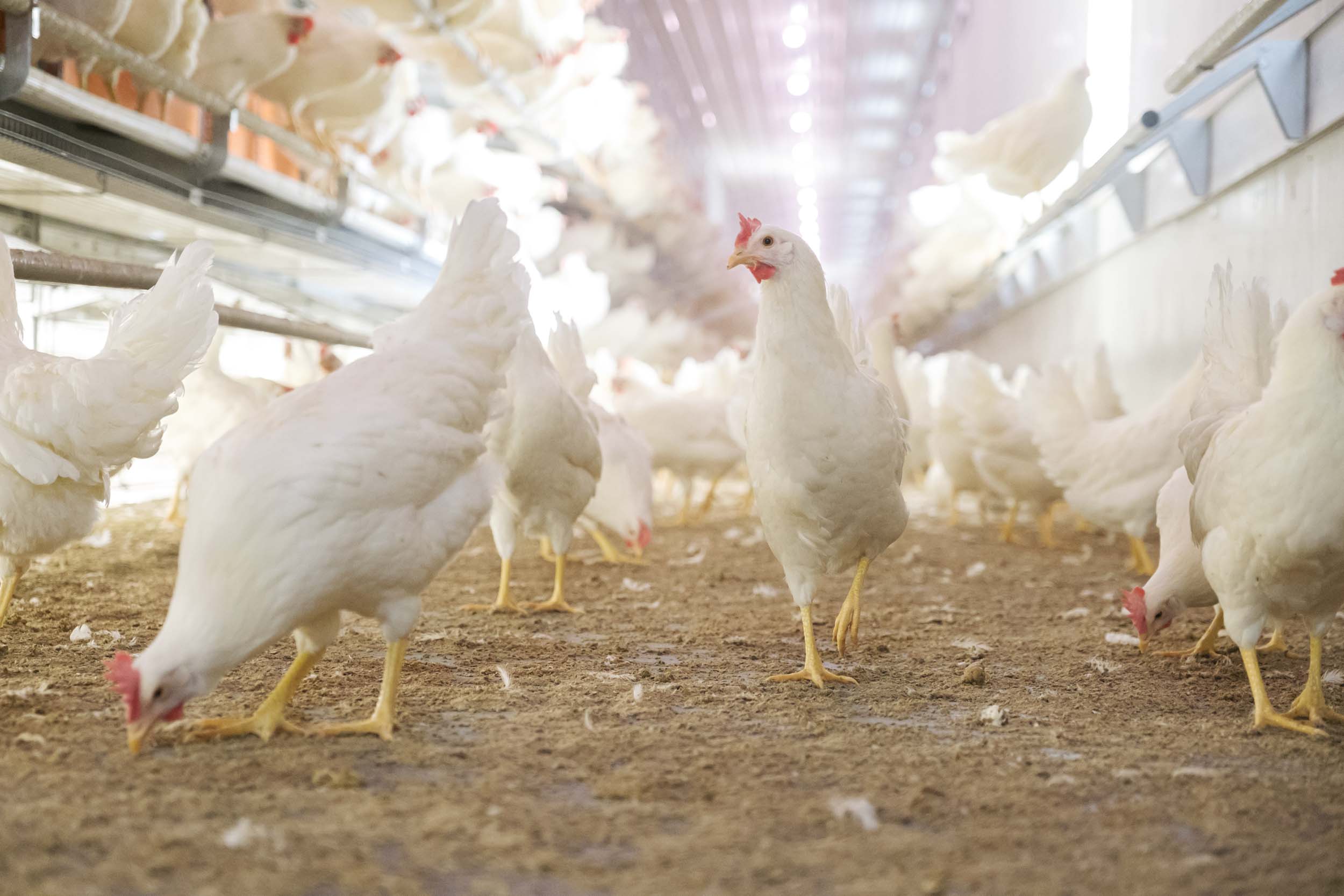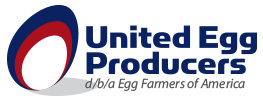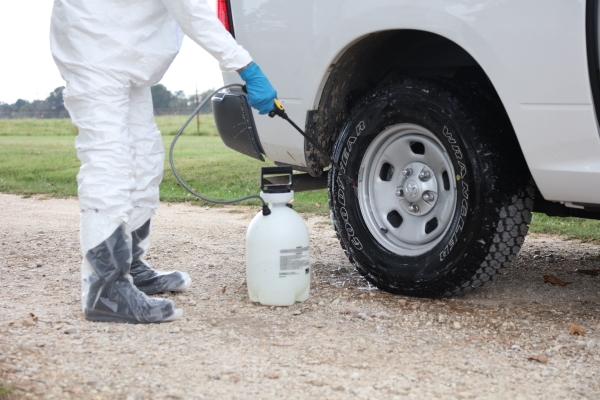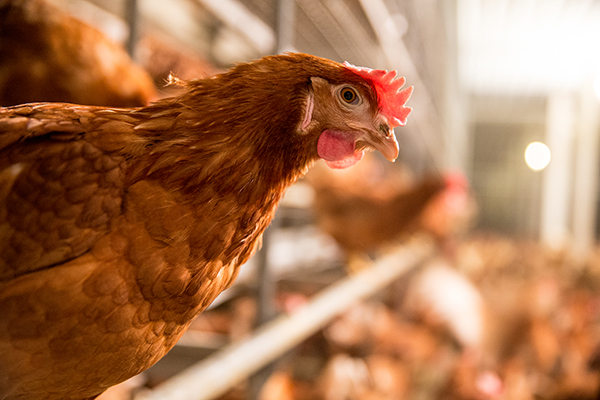
What is Avian Influenza?
Avian influenza (AI), a virus commonly known as the “bird flu,” affects birds and poultry. Caused by type A strains of the influenza virus, it is believed AI is transmitted through wild birds and waterfowl, either through direct contact with other birds or indirectly if the disease is carried onto a farm by humans, vehicles or other means.
Pathogenicity refers to the ability of the virus to produce disease. Low pathogenic (LPAI) commonly occurs in wild birds, and in most cases, it causes only minor illness or no symptoms at all in affected birds. Highly pathogenic (HPAI) spreads rapidly and is often fatal to chickens and turkeys. Both USDA and CDC confirm that avian influenza is not a food safety issue or a public health risk. For more information visit AboutBirdFlu.com.


